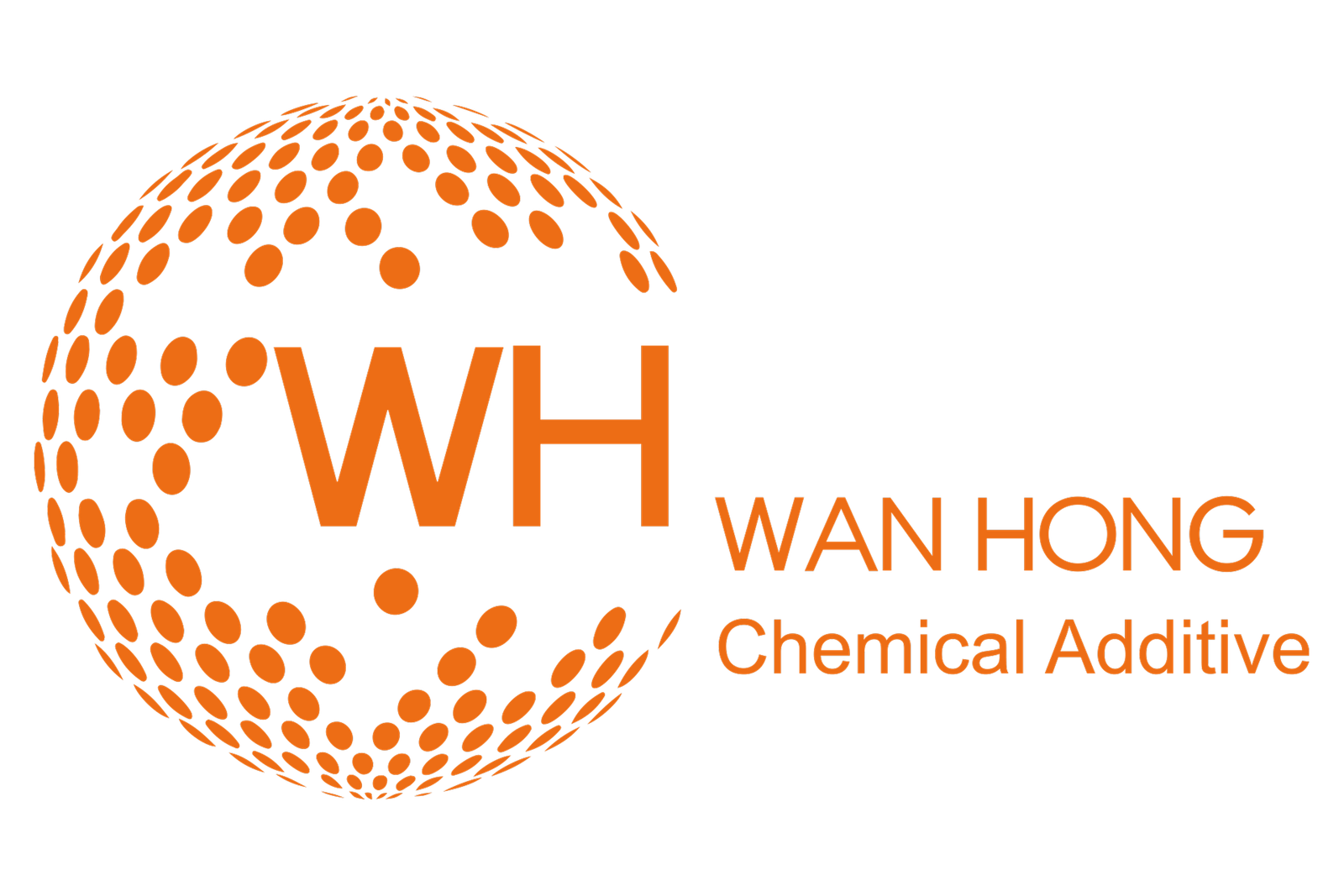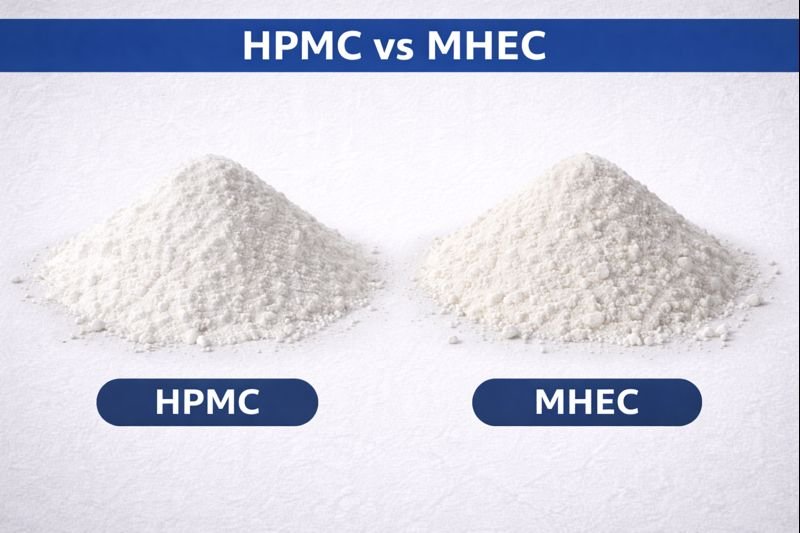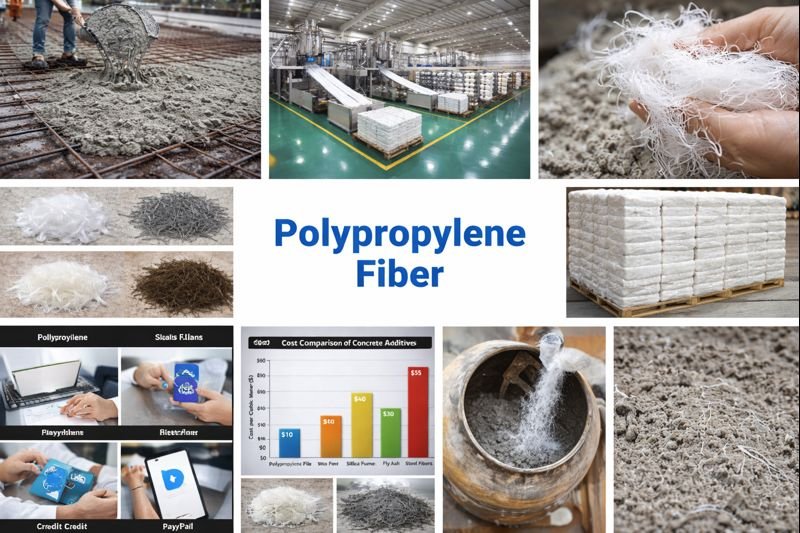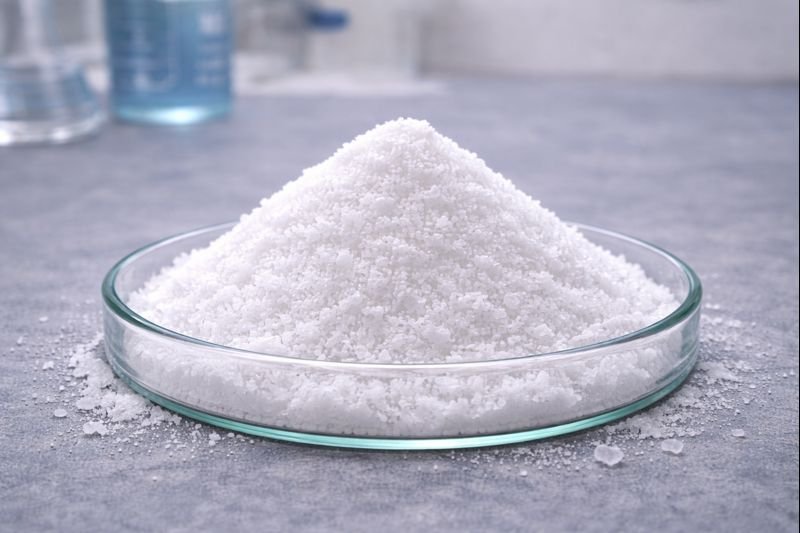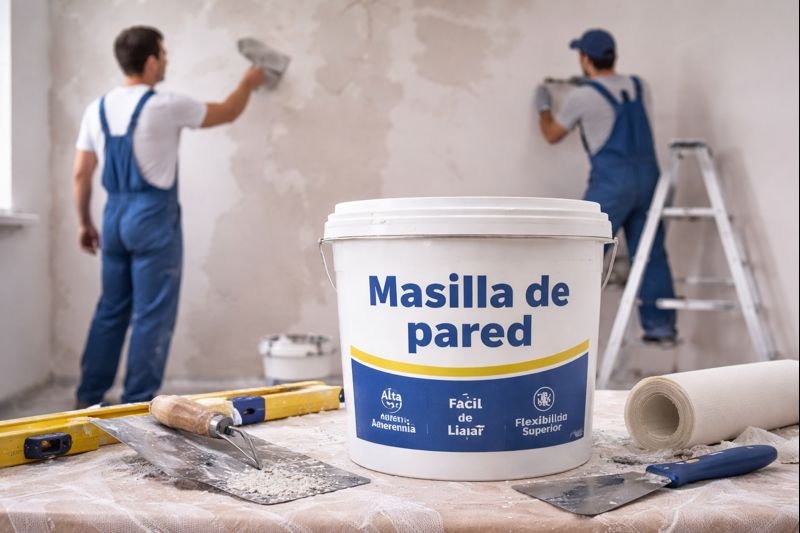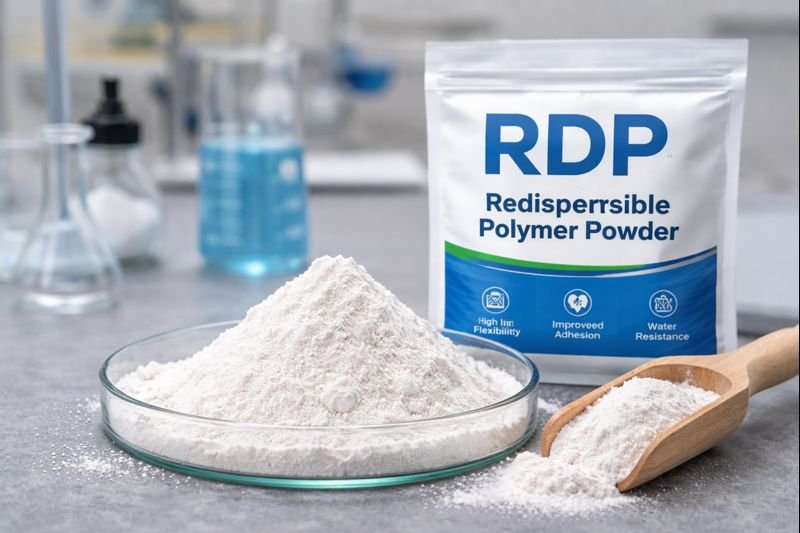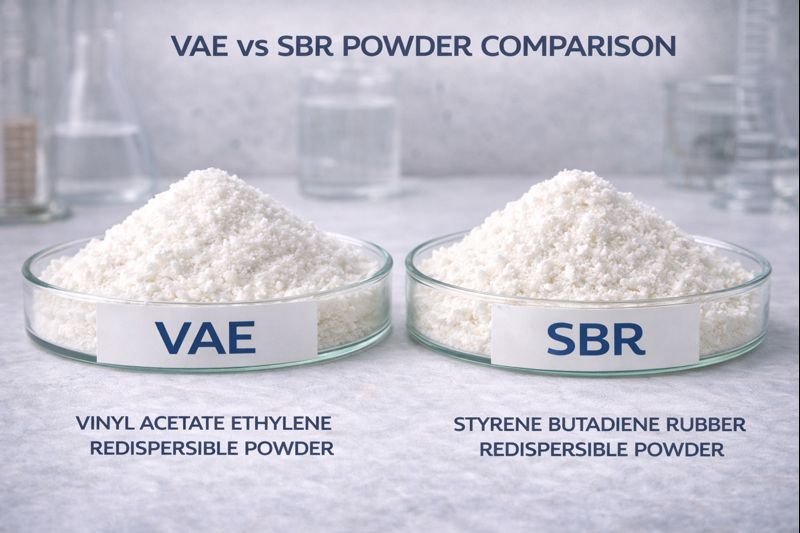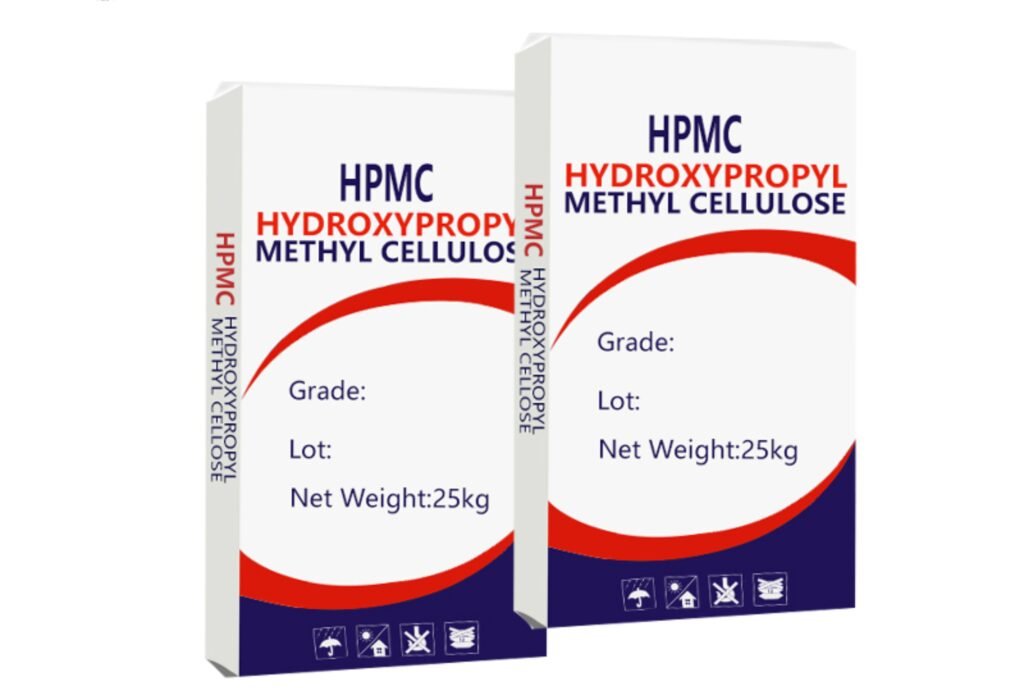Cracked, uneven walls making your beautiful home look shabby? Wall putty application is the secret to achieving those flawlessly smooth walls professional painters deliver, but applying it correctly on different surfaces requires specific knowledge.
Wall putty is a cement-based or acrylic-based material applied before painting to create a smooth, leveled surface by filling cracks and holes. It provides a uniform base for paint, improves durability, and enhances the final aesthetic appearance while reducing paint consumption.
My years of manufacturing wall putty have taught me that the right application technique varies dramatically between concrete and painted surfaces. Let me walk you through expert tips that will help transform your walls from rough and damaged to perfectly smooth canvases ready for your dream paint job.
What Is Wall Putty and Why Is It Important for Your Walls?
Have you tried painting directly on untreated walls only to be disappointed with patchy, uneven results? This happens because your walls need proper preparation with quality wall putty before painting.
Wall putty is a fine powder mixture containing binders like HPMC1 (hydroxypropyl methylcellulose) that, when mixed with water, creates a paste used to fill wall imperfections.
It's essential because it creates a uniform surface, improves paint adhesion, reduces paint consumption by up to 15%, and significantly extends the life of your paint job.
When I visit construction sites, I often notice contractors skipping proper putty application to save time. This short-term thinking always leads to long-term problems. The right wall putty2 acts as a protective layer between your wall and paint, preventing moisture damage and fungal growth. In hot climates like Saudi Arabia or UAE, I've seen how quality putty with good HPMC content prevents paint from flaking off walls due to extreme temperature variations.
Wall putty comes in two main types: cement-based and acrylic-based. Cement-based putties are more affordable and suitable for exteriors due to their water resistance. They contain cement, fine fillers, and our HPMC cellulose ethers to improve workability. Acrylic putties are premium options with greater flexibility, making them ideal for areas prone to temperature fluctuations.
The choice depends on your surface type, budget, and environmental conditions. For concrete walls, cement-based putties generally perform better, while painted surfaces may benefit from the flexibility of acrylic putties. Understanding these differences is crucial before starting your project.
Putty Construction Preparation: How Should You Get Your Surfaces Ready?
Do you know why so many DIY putty jobs fail within months? The answer lies not in the application itself but in poor surface preparation that doom's the project before it even begins.
Proper surface preparation involves cleaning the wall thoroughly, removing dust, grease, and loose particles, repairing major cracks, and ensuring the surface is completely dry. For concrete walls, dampen the surface slightly before application, while painted walls require light sanding to create a grip.
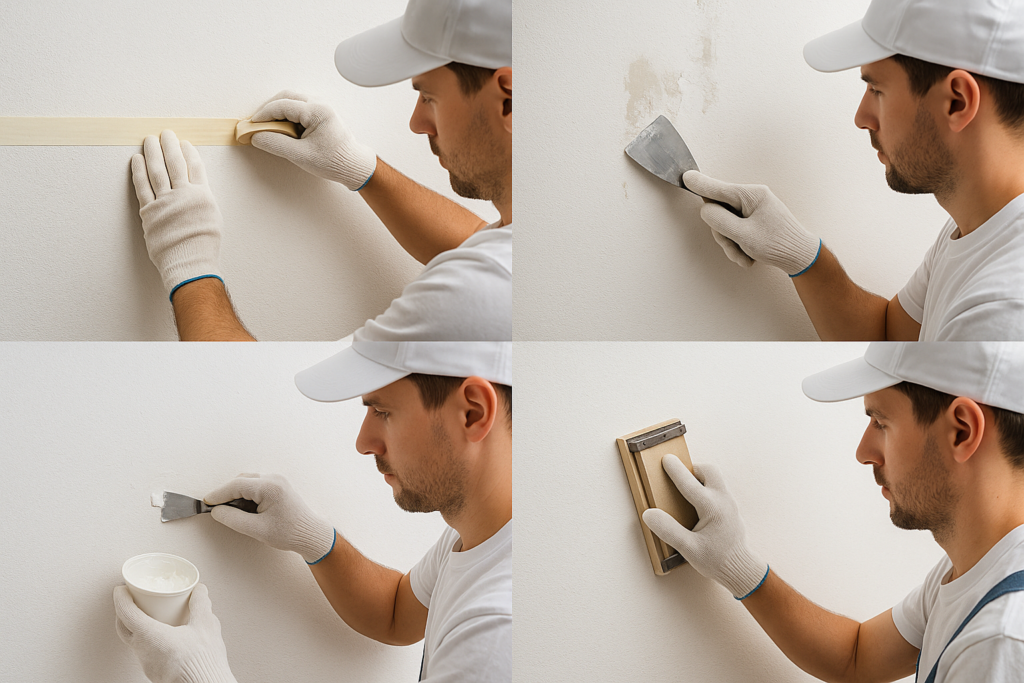
I remember visiting a large hotel renovation project where the contractor insisted on skipping proper wall preparation to meet tight deadlines. Six months later, I was called back to inspect why the putty was flaking off in sheets. The cause was obvious to me immediately – oil-based paint residues3 hadn't been properly removed before putty application.
Surface preparation requirements differ dramatically between concrete and painted surfaces. For concrete walls, the main challenges include removing dust from porous surfaces and ensuring proper moisture content. I recommend using a wire brush for cleaning, followed by washing with clean water. The concrete should be properly cured (at least 28 days old) and any efflorescence treated with diluted muriatic acid solution (1 part acid to 10 parts water), followed by thorough rinsing.
For previously painted surfaces, the approach changes entirely. You'll need to check for paint integrity first – bubbling or peeling paint must be completely removed. Light sanding creates the necessary mechanical grip for the putty to adhere properly. I've developed a simple test to check if your surface is ready: apply a small patch of putty and check adhesion after 24 hours. If it comes off easily, more preparation is needed.
| Surface Type | Cleaning Method | Pre-Treatment | Tools Needed |
|---|---|---|---|
| New Concrete | Wire brush + water wash | Dampen surface | Wire brush, water sprayer |
| Old Concrete | Pressure washing + scraping | Treat cracks, primer application | Pressure washer, putty knife |
| Painted Wall | Light sanding + degreasing | Remove loose paint, prime if needed | Sandpaper, degreasing solution |
| Gypsum Board | Dust removal + joint treatment | Primer application | Soft brush, joint compound |
Putty Construction Guide: What Are the Best Techniques for Different Surfaces?
Struggling with uneven putty application that shows through your paint? Many professionals don't realize that technique must vary based on the underlying surface material.
For concrete walls, apply putty in thin layers using cross-strokes (horizontal followed by vertical), while painted surfaces benefit from even thinner applications with more attention to feathering edges. Always work in sections of 4-5 square feet to prevent premature drying and ensure proper smoothness.
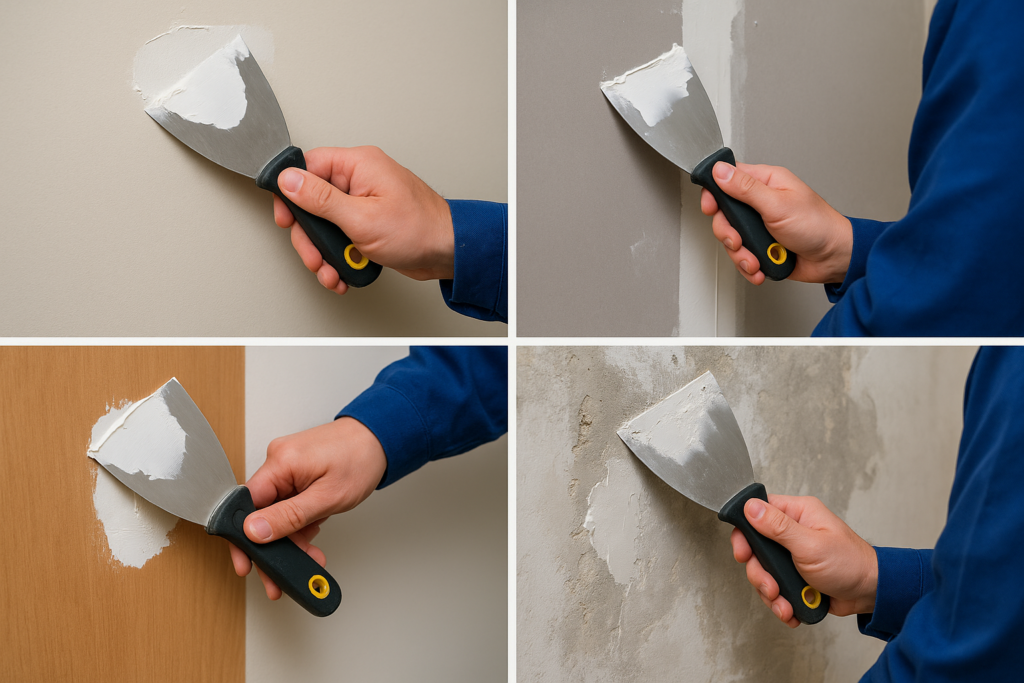
One winter, I was consulting for a major building project in northern China where temperatures dropped below freezing. The construction team was struggling with putty application in these conditions. I suggested adding warm water to the mix and storing the putty materials in a heated room overnight before application – simple adjustments that saved the project schedule.
The application technique significantly impacts the final result, especially when working with different surfaces. For concrete surfaces, I recommend a three-coat system. The first coat should be a thin slurry made by diluting the putty with 15-20% more water than normal. This helps penetration into the porous concrete surface. Apply with firm pressure using a steel trowel, working the material into small cracks and voids. Allow this to dry for 4-6 hours before applying the second coat at normal consistency.
For painted surfaces, technique changes completely. Since these surfaces are less absorptive, thinner layers are crucial. Use a wider, flexible putty knife rather than a trowel, and apply with a sweeping motion rather than the pressure technique used on concrete. Always sand between coats with fine-grit sandpaper (220 grit works well). I've found that adding a drop of liquid soap to your putty mix (about 5ml per kg) helps achieve smoother application on painted surfaces by reducing friction between the putty and your tool.
Temperature and humidity play crucial roles too. In humid conditions above 85% relative humidity, allow 50% more drying time between coats. In temperatures above 90°F (32°C), work in smaller sections and keep your putty mix slightly wetter than normal to prevent premature drying. These adjustments might seem minor, but they make the difference between professional results and amateur disappointment.
How Long Does Wall Putty Take to Dry and What Are Ways to Dry Faster?
Are you facing tight project deadlines but worried about compromising quality by rushing the drying process? Understanding drying times and how to optimize them safely is critical for quality results.
Standard wall putty typically requires 4-6 hours between coats and 24-48 hours for complete curing, depending on climate conditions. Drying can be accelerated by ensuring good ventilation, using fans (not directed at the wall), maintaining optimal room temperature (75-85°F), and applying thinner coats.

I once visited a job site where the contractor had applied thick putty layers and was using direct heat from portable heaters to speed drying. The result was disastrous – deep cracks throughout the surface that required complete removal and reapplication. I explained that patience or proper acceleration techniques would have saved both time and materials in the long run.
Drying time varies significantly between putty types and environmental conditions. Cement-based putties generally take longer to dry than acrylic varieties. The drying process happens in two phases: surface drying and complete curing. Surface drying allows for sanding and subsequent coats, while complete curing ensures proper hardening throughout the entire thickness.
In my experience manufacturing putty products with various HPMC grades4, I've found that the molecular weight and substitution level of the HPMC significantly impact drying characteristics. Higher viscosity HPMC grades tend to retain water longer, extending drying time but providing better workability. This is why professional-grade products often have carefully balanced HPMC formulations.
To accelerate drying safely, I recommend these techniques based on surface type:
- For concrete surfaces: Apply a slightly thinner consistency and use cross-ventilation rather than direct air flow.
- For painted surfaces: Pre-treat with a thin layer of PVA primer diluted 1:4 with water before putty application – this controls absorption and promotes more even drying.
| Environmental Condition | Normal Drying Time | Acceleration Method | Risk Factors |
|---|---|---|---|
| Normal (70°F, 50% humidity) | 4-6 hours between coats | Standard ventilation | Minimal |
| High Humidity (>70%) | 8-12 hours between coats | Dehumidifiers, increased air circulation | Uneven drying if circulation is unbalanced |
| Low Temperature (<60°F) | 12-24 hours between coats | Space heaters (indirect), maintain room at 70-75°F | Cracking if temperature rises too quickly |
| High Temperature (>90°F) | 2-4 hours between coats | No acceleration needed; may need to slow drying | Premature surface drying causing poor bond strength |
One effective method I've recommended to contractors facing tight deadlines is to add a small amount of gypsum (5-10% by weight) to cement-based putties. This accelerates setting time without compromising quality, though it slightly reduces working time so you'll need to mix smaller batches.
One effective method I've recommended to contractors facing tight deadlines is to add a small amount of gypsum (5-10% by weight) to cement-based putties. This accelerates setting time without compromising quality, though it slightly reduces working time so you'll need to mix smaller batches.
Conclusion
Proper wall putty application transforms ordinary walls into perfect surfaces for painting, requiring appropriate preparation, techniques, and drying time for each surface type. Follow these expert tips, respect the drying process, and you'll achieve professional-quality results that last for years.
-
Learn about HPMC's role in wall putty to ensure your walls are properly prepared for painting, enhancing durability and finish. ↩
-
Explore this link to understand the benefits of wall putty and how it enhances your painting projects for better results. ↩
-
Removing oil-based paint residues is essential for a successful putty application, ensuring durability and finish quality. ↩
-
Exploring HPMC grades will provide insights into how they affect putty performance and drying characteristics, enhancing your application skills. ↩
